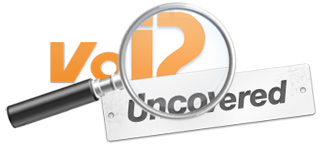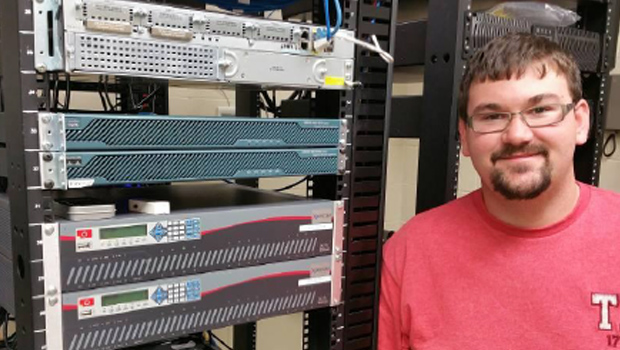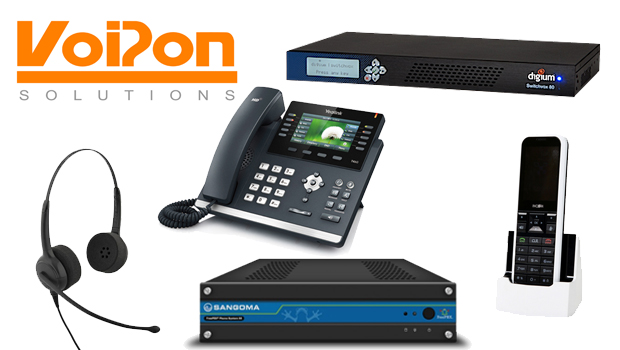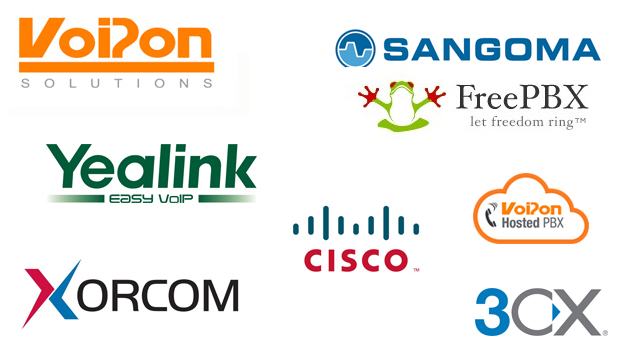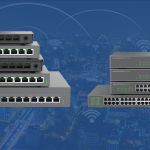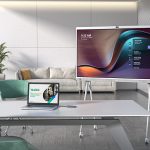A modern VoIP solution was required to replace restricted functionality ‘End of Life’ hardware for the Plant and Sales offices of a ceramic tile manufacturer.
About
Crossville is the leading American manufacturer of beautiful, sustainable tiling solutions. The Lucent Definity G3 system they were running since 1994 was incredibly reliable, but short on features. For example, employees couldn’t forward their voicemail messages when they were outside of the office, since the voicemail package was a proprietary system and had to be used from within the company. In addition, every new feature request from Lucent carried a minimum cost of $20,000! The decision became inevitable as the PBX came to the end of its hardware life. It would have cost Crossville over $100,000 to upgrade the Lucent software and hardware.
The Challenge
The new VoIP system must have video conferencing (on handsets), call recording, phone integration and find me / follow me functionality. There must be no license fees so Crossville are able to maintain their system independently with no extra services charges. They did not want to pay extra to add extensions, features or connecting to remote locations etc. Extension dialing was a must since it gives the company a sense of single culture that remote dialing does not.
The Solution
- CTS3000 (IP-PBX with TwinStar hot failover)
- 20x XR0008 (Astribank with 32x FXS ports)
- XR0055 (Astribank with 2x PRI ports)
- 10x CXR1-12 (IP-PBX with 6x FXO and 2x FXS ports)
- A selection of Yealink IP Phones (187x T32G, 26x T38G, 12x W52H and 26x VP530)
The IT team looked at a wide variety of phone systems: 3CX, ShoreTel, Mitel, Avaya and Cisco. Crossville were running on HP switches, which didn’t support PoE. Some were fairly old, and it was questionable if they could handle QoS. So, the IT team realized that this was really two projects: first the infrastructure needed to be upgraded, then the phone system. Crossville chose to implement Cisco switches, and added more fiber. A Cisco phone system seemed the obvious way to go. Cisco’s proposal for about $250K supported two PRIs and 400 extensions at the corporate location, and 100 extensions at another location 3 miles away. Special features requested by Crossville, such as video conferencing and call recording drove the price up significantly. Replacing the proprietary Avaya phone sets was also a factor. Although Crossville realized they were given special pricing to get into the system at an attractive entry price, based on their previous experience with Lucent they wondered what was going to happen when they wanted a new phone or feature. They soon realized that with Cisco they would be getting themselves into the same licensing restrictions they were experiencing with Lucent. Just before signing the contract with Cisco, the IT team gathered for an internal discussion.
The fact that we got the ability to make our own decisions in the future, and weren’t hamstrung by expensive licensing and support, were what drew me to the Xorcom product.”
– Dale Sweitzer, Network Administrator, Crossville
One of the members of Crossville’s IT team, Chris Barnett, had put together his own phone system – hardware and software – based on Asterisk, an open source platform. So, they got to thinking – maybe they should just build their own phone system to maintain self-sufficiency. They agreed that although they could handle running an open source system, they were uncomfortable deploying hardware that wasn’t optimized for a telephony environment. In their Web research, the team came across Xorcom, whose US headquarters happens to be located not too far from Crossville. Xorcom had the hardware solution that complemented the open source software. The first words from the Xorcom representative were: “Is it going to bother you that we’ll be coming in at less than half of what you’ve been quoted?” It took a while for this to really sink in. Dale Sweitzer, network administrator at Crossville, asked himself: “How can this be a system that we can run our enterprise on for that price?” Still, the team decided to go ahead with the Xorcom proposal of CXE3000 TwinStar with three Astribanks (two XR0008 and one XR0055) for their main location and CXR1-12s for each of their remote locations.
The Result
During the implementation SIP trunks were set up and on the desks in the more critical departments – customer support, accounting, and administration –Yealink IP phones were placed alongside the existing phone sets. Employees were told the company had unlimited long distance on the new phones, and that they could call their friends and relatives (as long as they were in the continental USA) for free. Everybody tried it, and liked it – it was very intuitive – transfer, hold, conferencing. They were comfortable with the phones, since they were so easy to learn. It was the team’s first experience with SIP trunking and even though they had concerns, the user feedback was that call quality was great.
By eliminating one PRI and using SIP trunking instead, and reducing long distance charges by over $3000 a month, Crossville is saving about $40K annually. Previously they were spending approximately $1200/month for support on the Avaya systems.
The incredibly rich feature set that Xorcom brings allows us to do things we couldn’t even consider before. Xorcom systems are easy and awesome and give us the flexibility to use local trunks, or SIP trunks, or whatever is available.” – Dale Sweitzer, Network Administrator, Crossville
Crossville continues to use one of the PRI, IAX trunks between stores. Extension dialing on the Xorcom system gives Crossville a sense of a single culture, that remote dialing doesn’t. It makes them feel like one organization. A case in point: Crossville has two stores that are geographically close in North Carolina. One is rather small, and doesn’t have the manpower to always be available to answer the phone when it rings. The Lucent system didn’t support running the store from a remote location, while Xorcom handles it easily. Going forward, Crossville continues to buy competitors’ tile stores, and replaces the existing proprietary phone system with Xorcom if the store is remodeled (or moved). In these instances they suggest two options to management:
1) Perform phone drops for all current phones at a couple thousand dollars, move the phone system and reconfigure it for a couple more thousand dollars, or
2) Put in a brand new phone system that uses the existing network, gives corporate remote control of the system, and enables features beyond anything they could imagine.
So far management has approved the second option for six or seven stores, each for about $3K average per location.
Share this story with your friends or work colleagues. If you want to stay up to date with our latest products, industry news and offers you can sign up to our monthly newsletters, keep up to date with us on Facebook or follow us on twitter @VoIPon.
